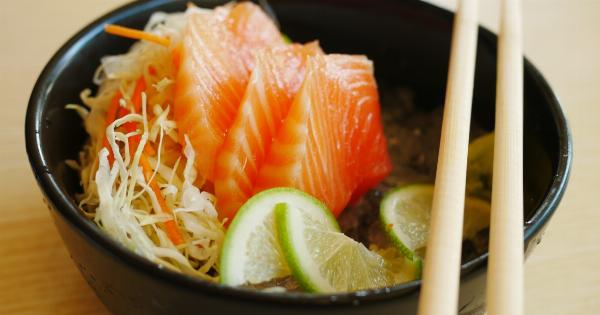Have you ever dined at a luxurious restaurant and marveled at the skill with which the chef has prepared a delicious dish? You might have noticed that in addition to the taste, texture, and presentation of the dish, the aroma is also an important part of the experience. This is because our sense of smell is incredibly powerful, and can detect not just the presence of different substances, but also the quality and quantity of those substances.
The Role of Smell in Taste
While we tend to think of taste as the primary sense we use to evaluate food, the reality is that taste and smell are inextricably linked. This is because many of the flavors we experience are actually combinations of taste and aroma.
For example, when we eat a strawberry, we taste the sweetness and tartness of the fruit with our taste buds, but we also smell the fruity aroma of the strawberry with our olfactory receptors. When we smell something, the molecules from that substance bind to receptors in the nasal cavity. These receptors then send signals to the brain, which interprets the information and delivers a perception of scent.
The olfactory system is particularly sensitive to fatty acids, and can detect even small amounts of these molecules in foods. This is because fatty acids have a distinctive aroma that is difficult to miss.
They have a strong, distinctive odor that is often described as being “oily” or “greasy”.
Research on Smell and Fat Detection
There has been a lot of research into the role of smell in food perception, and particularly into the ability of our sense of smell to detect fats.
One study published in the Journal of Agricultural and Food Chemistry found that humans could distinguish between different concentrations of fatty acids in beer, even when the concentrations were extremely low. The researchers concluded that the human olfactory system was highly sensitive to these compounds.
Another study published in the Journal of Neurophysiology looked at the relationship between smell and the perception of fat in foods.
The researchers found that when they blocked the olfactory receptors in mice, the animals had a reduced ability to detect fat in foods. This suggests that smell plays an important role in the perception of fat, and that our noses may be more important than we previously thought when it comes to evaluating the quality of our food.
Why Fatty Foods Smell So Good
If our sense of smell is so sensitive to fatty acids, then why aren’t all fatty foods unappetizing? The answer lies in the other compounds that are present in these foods.
While fatty acids do have a distinctive aroma, they are usually present alongside other molecules that can mask or enhance their scent. For example, when we smell bacon cooking, we may detect the aroma of the fatty acids, but we also smell the smokiness, the saltiness, and the sweetness of the meat.
These other aromas can make the fatty acids more appealing, and can contribute to the overall deliciousness of the food.
The Role of Smell in Appetite
In addition to playing a role in the perception of food quality, smell can also influence our appetite and our food choices.
For example, have you ever walked past a bakery and suddenly felt a wave of hunger, even though you weren’t feeling particularly hungry before? This is because the smell of freshly baked bread can be incredibly enticing, and can trigger our desire for food.
Similarly, research has shown that aromas can influence our food preferences.
A study published in the Journal of Food Science found that when people were presented with different types of cheese, they tended to prefer those that had a strong aroma. The researchers suggested that this was because the aroma acted as a signal that the cheese was high-quality and flavorful.
The Implications for Food Manufacturing and Marketing
Given the importance of smell in our perception of food, it’s not surprising that food manufacturers and marketers have long been interested in harnessing the power of scent to influence our behavior.
One common strategy is to add artificial flavors and aromas to foods in order to make them more appealing. For example, a snack food might be flavored with artificial cheese flavorings, which are designed to mimic the scent of real cheese.
While these strategies can be effective, they also raise questions about the authenticity and quality of the foods we eat.
Another area of interest for food manufacturers and marketers is the use of scent in packaging and presentation. For example, a bakery might blast the smell of freshly baked bread outside its store, in order to entice customers inside.
Similarly, fast food restaurants might use scent diffusers to create a welcoming, appetizing environment.
The Bottom Line
Our sense of smell is incredibly powerful, and can play a significant role in how we perceive the quality and desirability of the foods we eat.
While taste is important, it is only one part of the experience, and the aroma of a food can be just as influential. By understanding the link between smell and food perception, we can make more informed choices about the kinds of foods we eat, and the ways in which they are marketed to us.

























